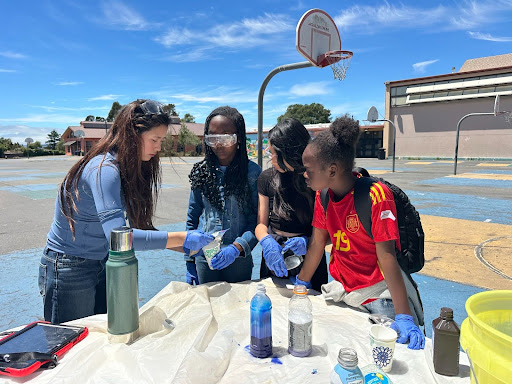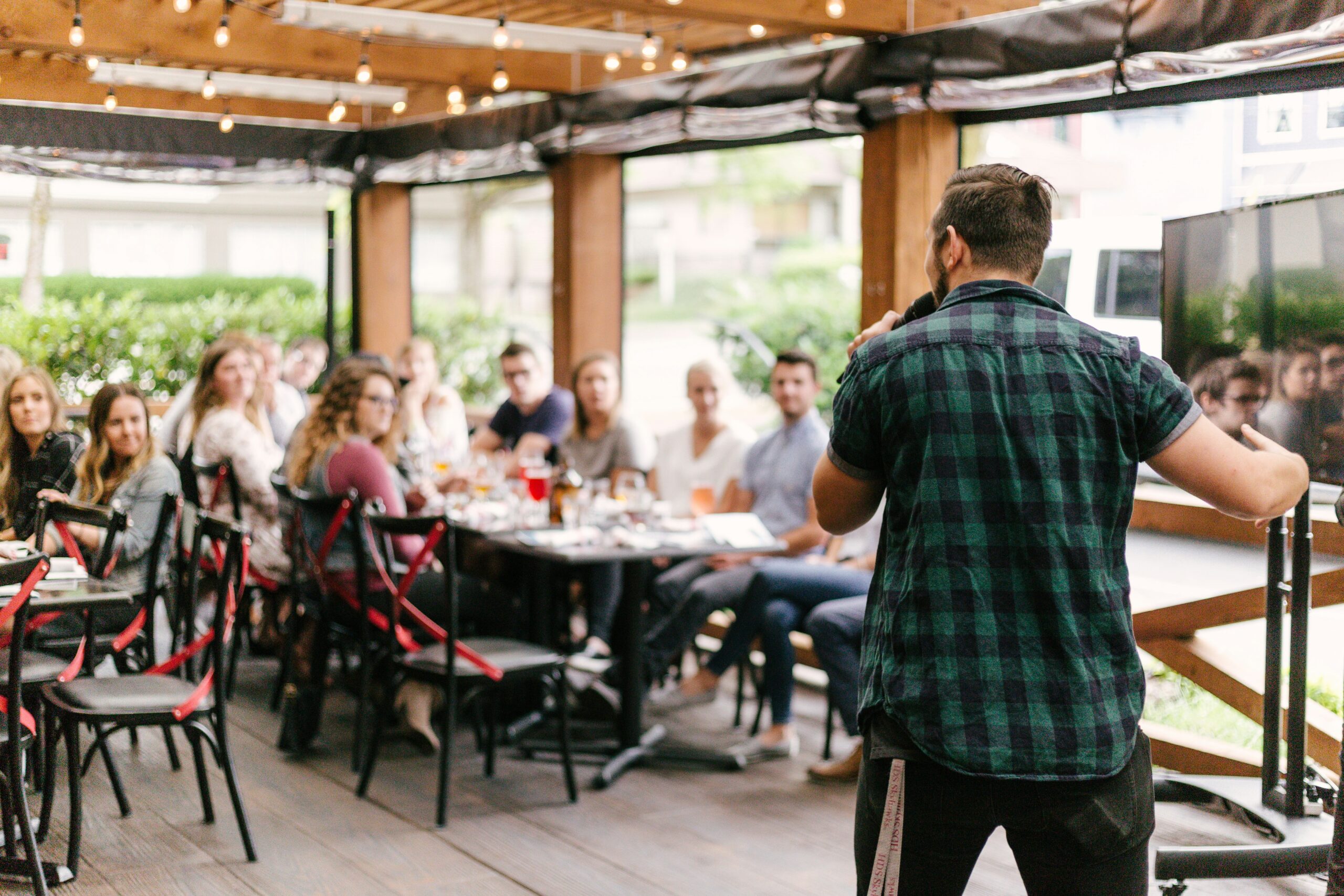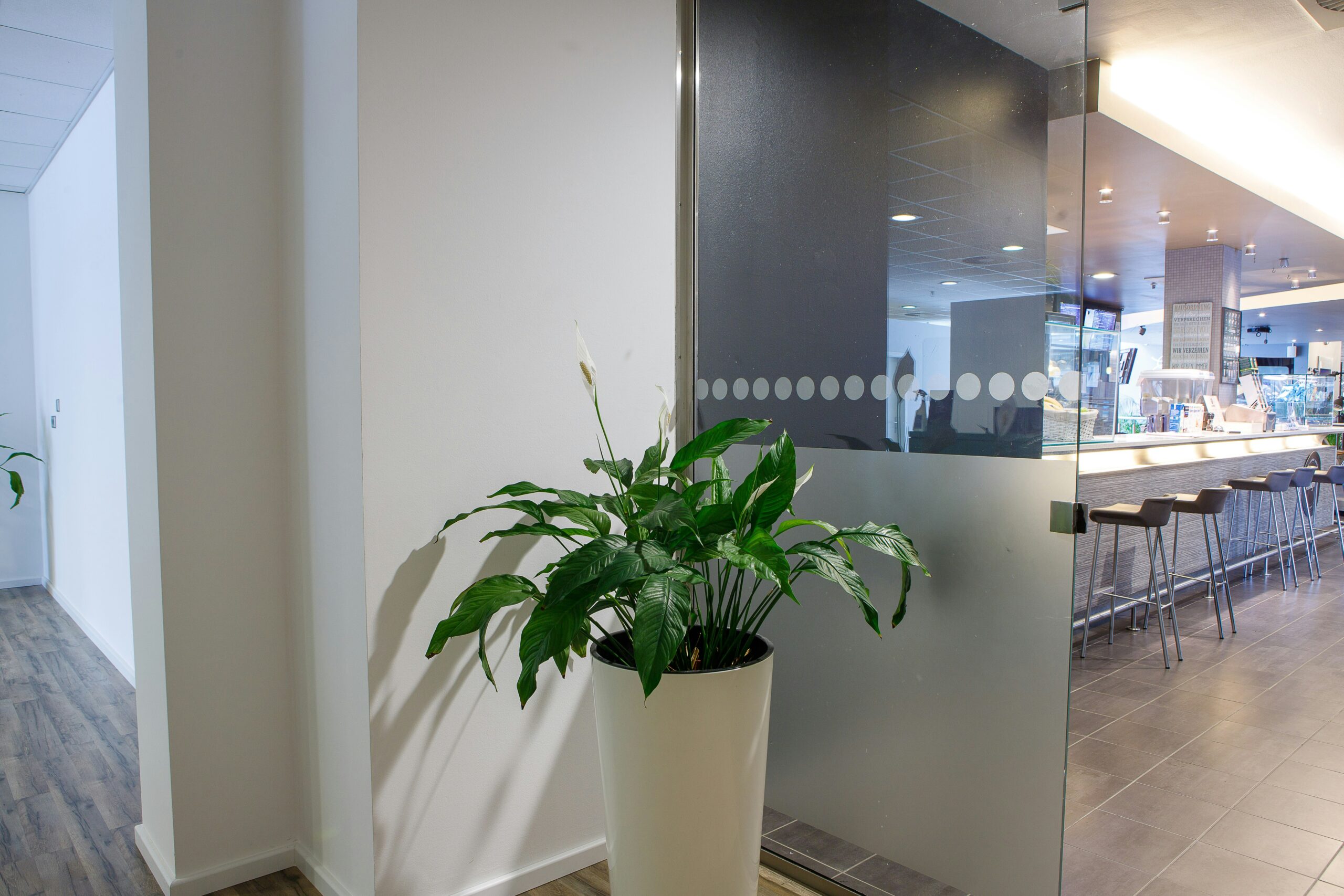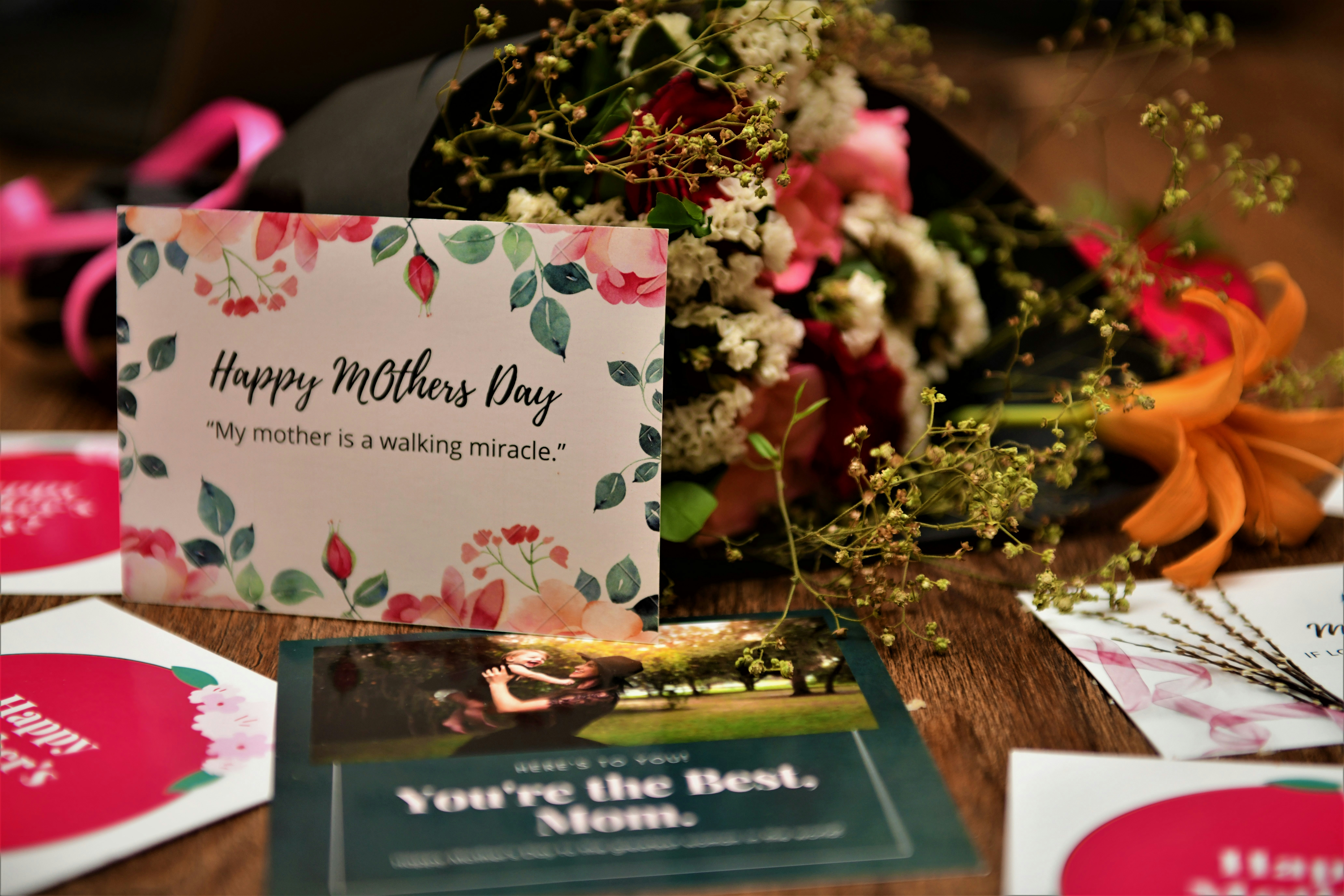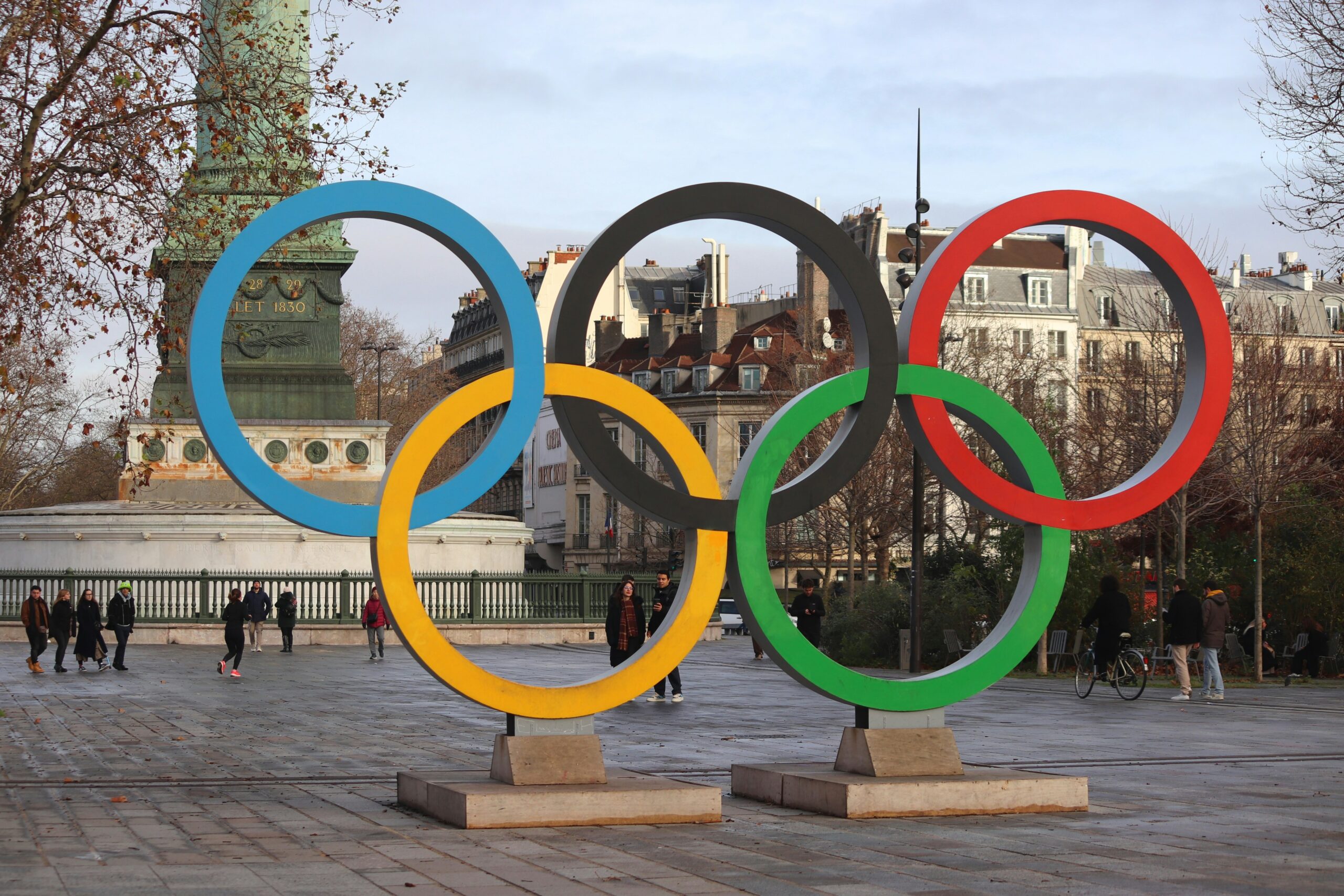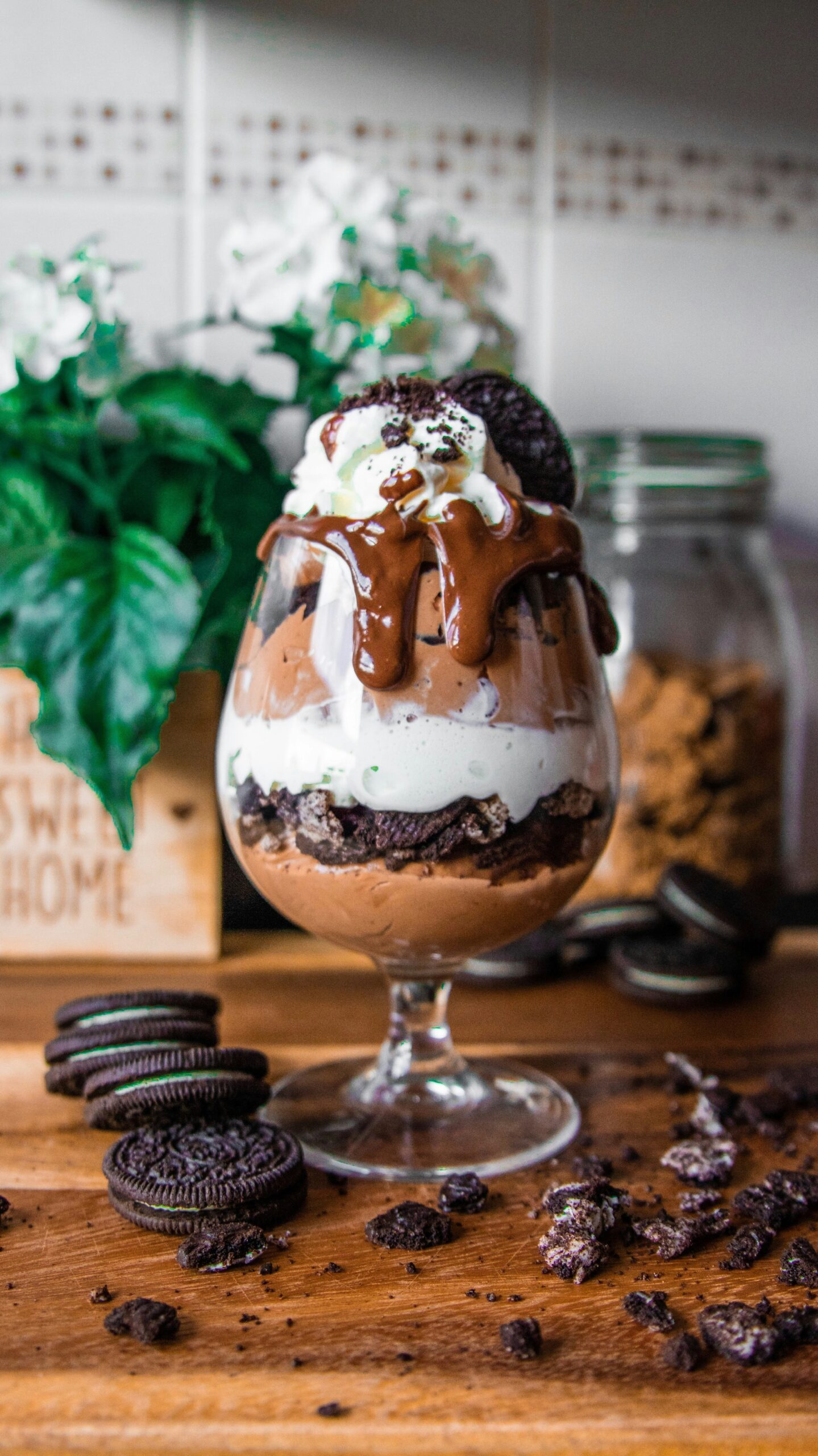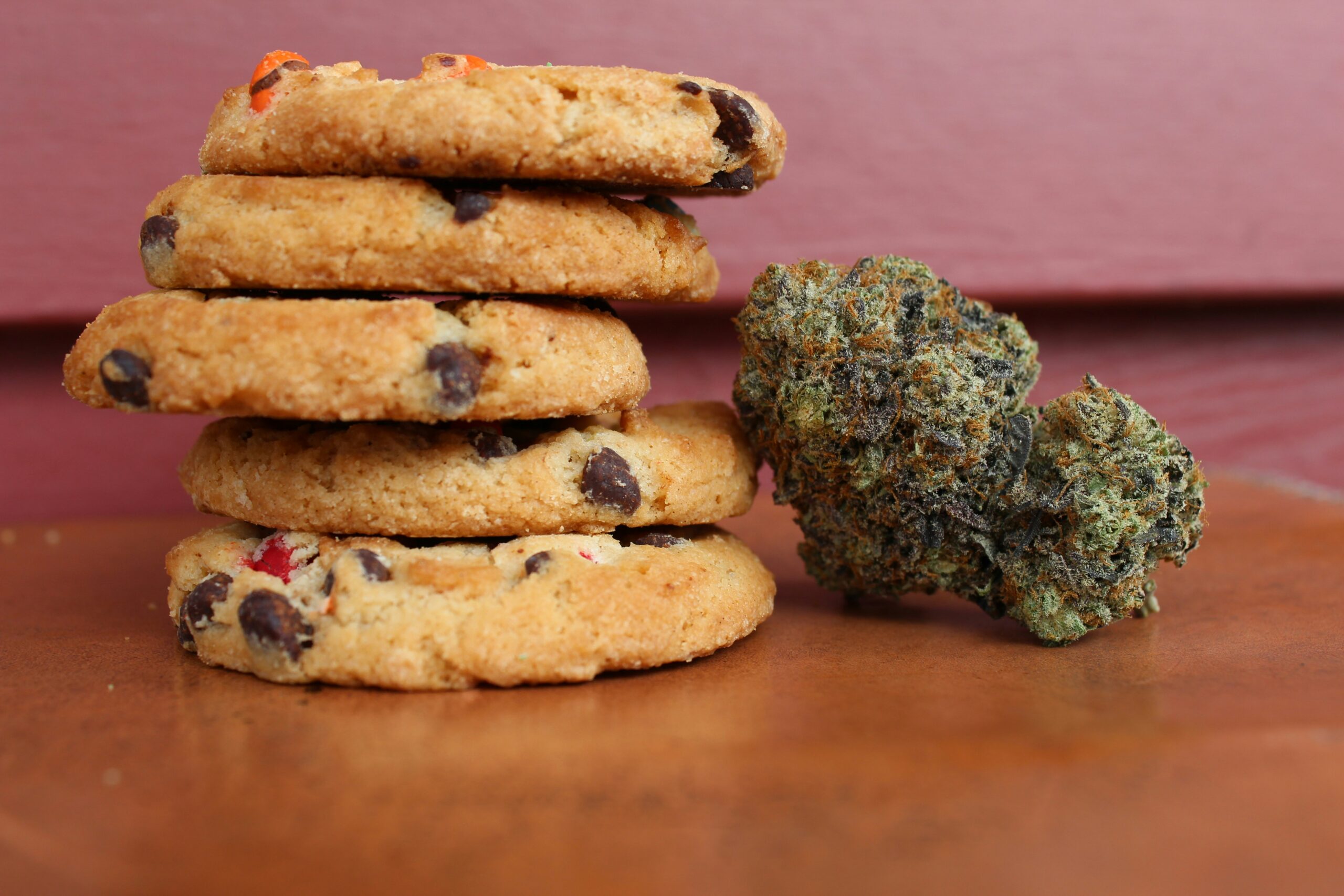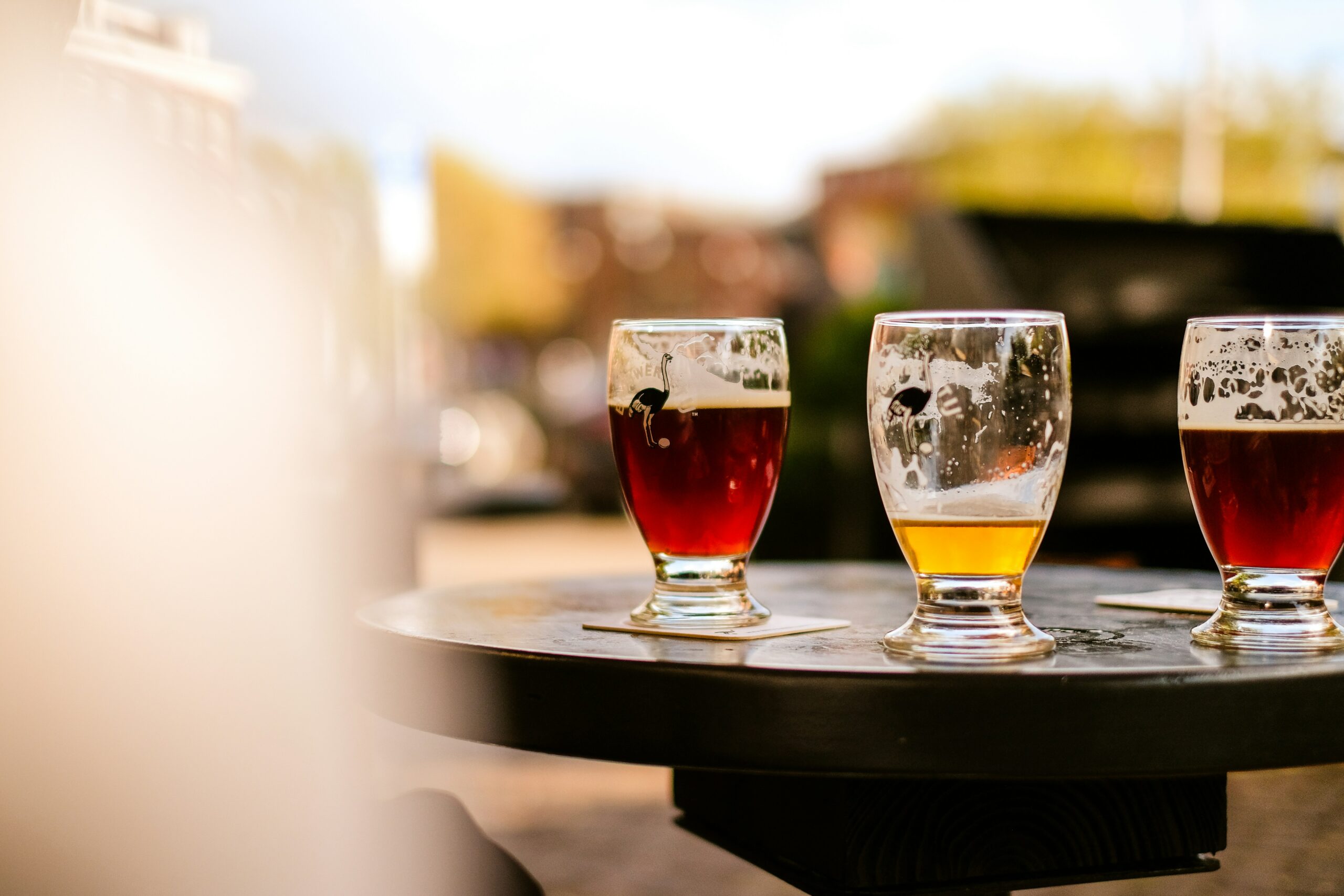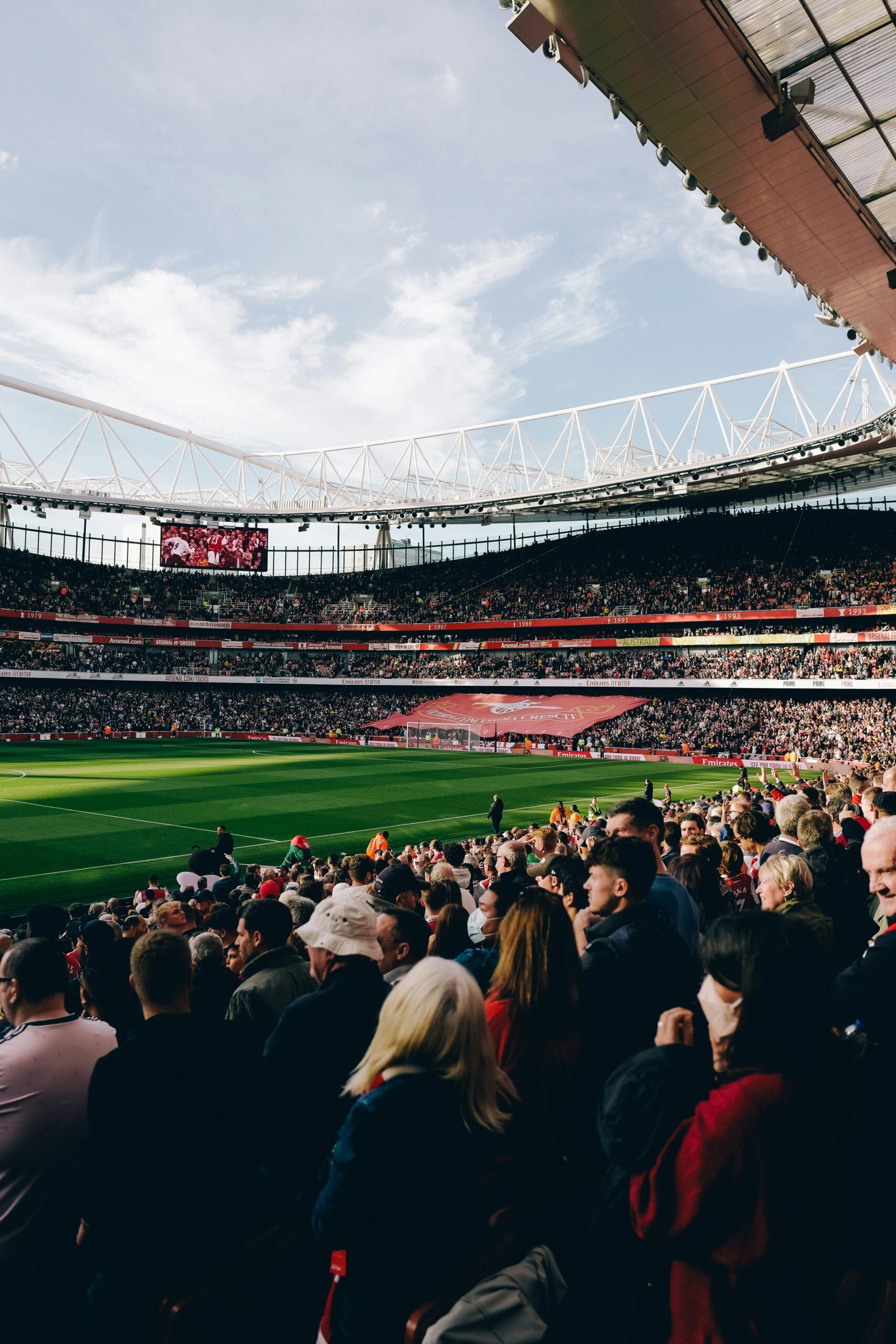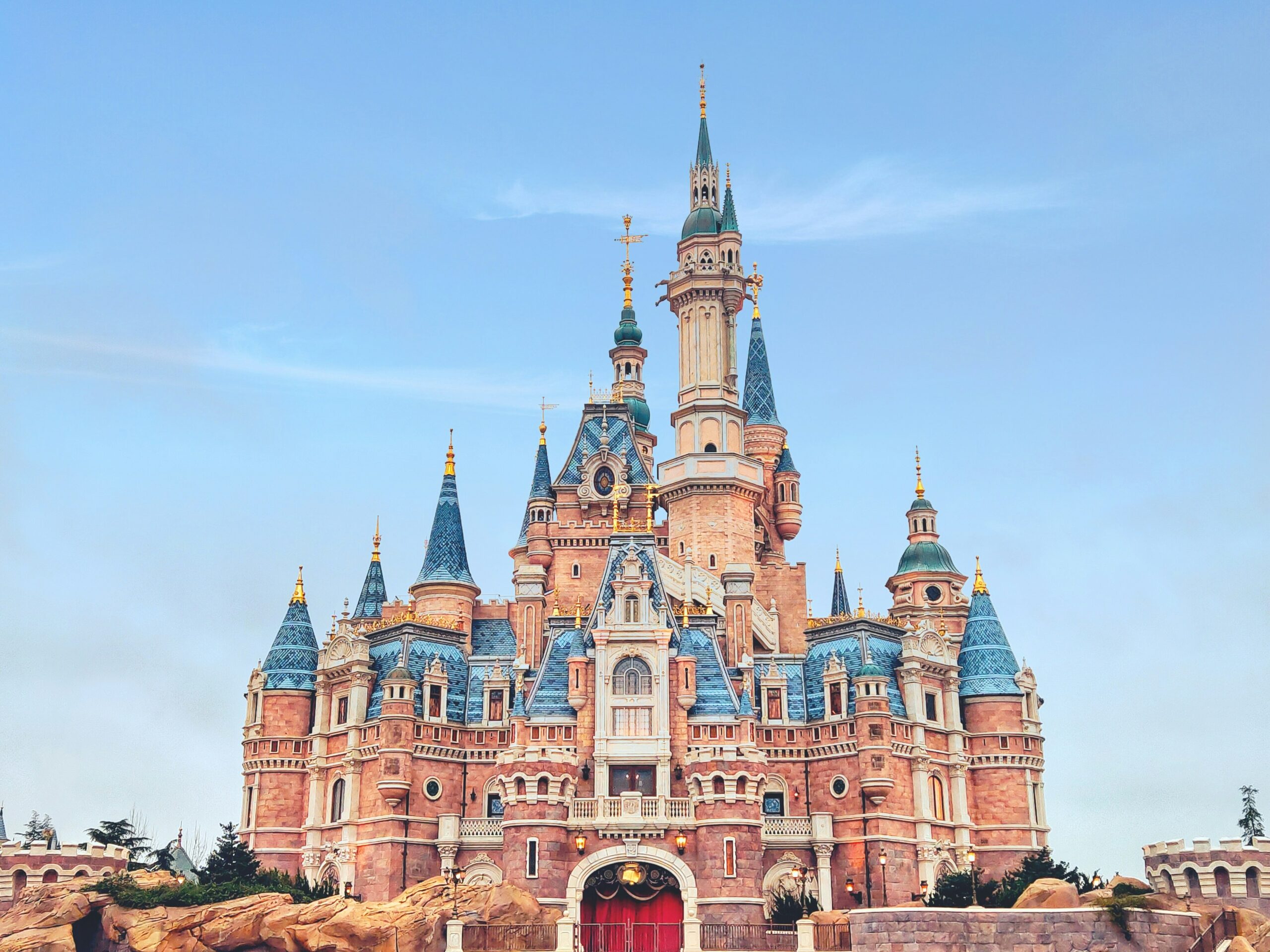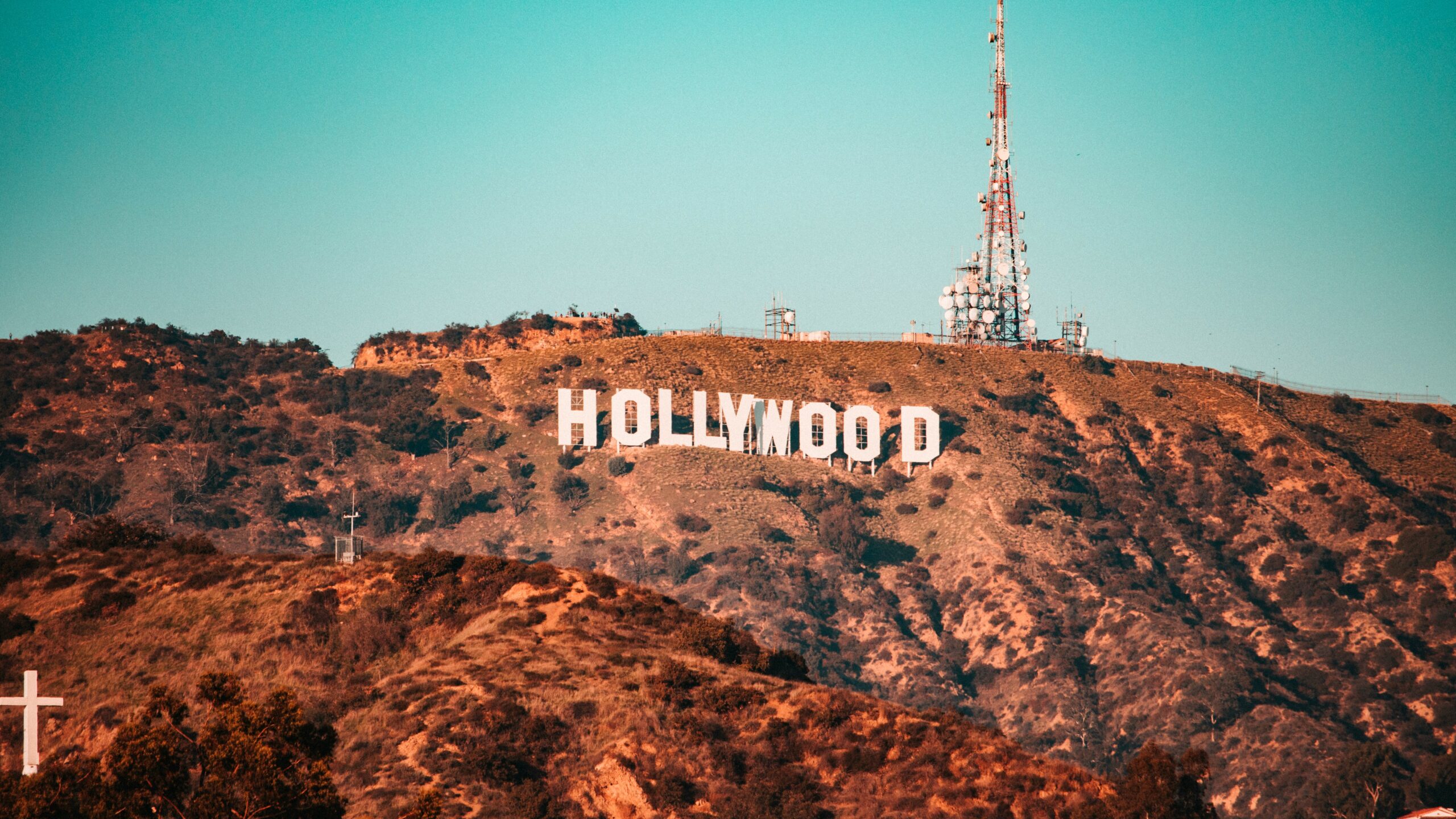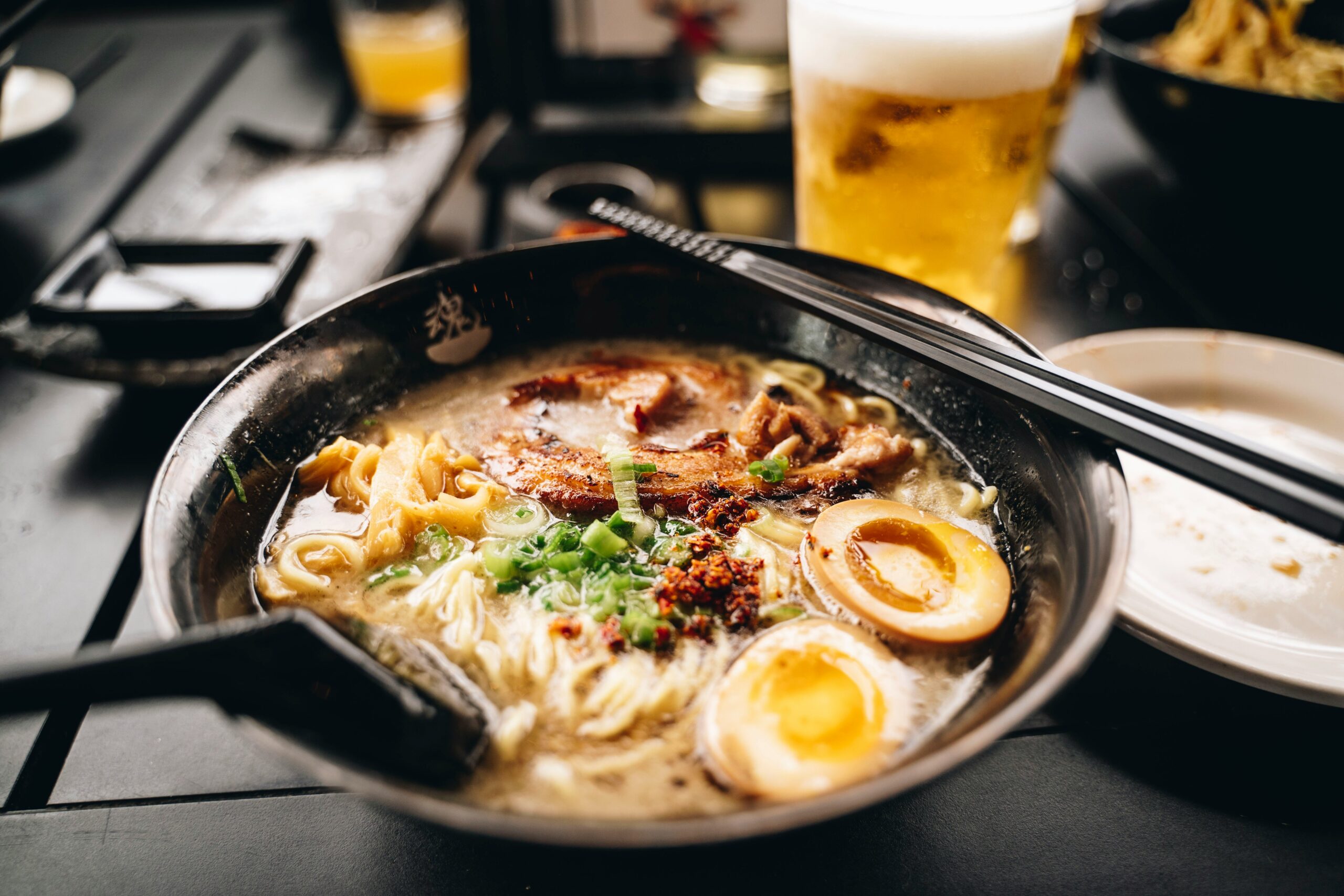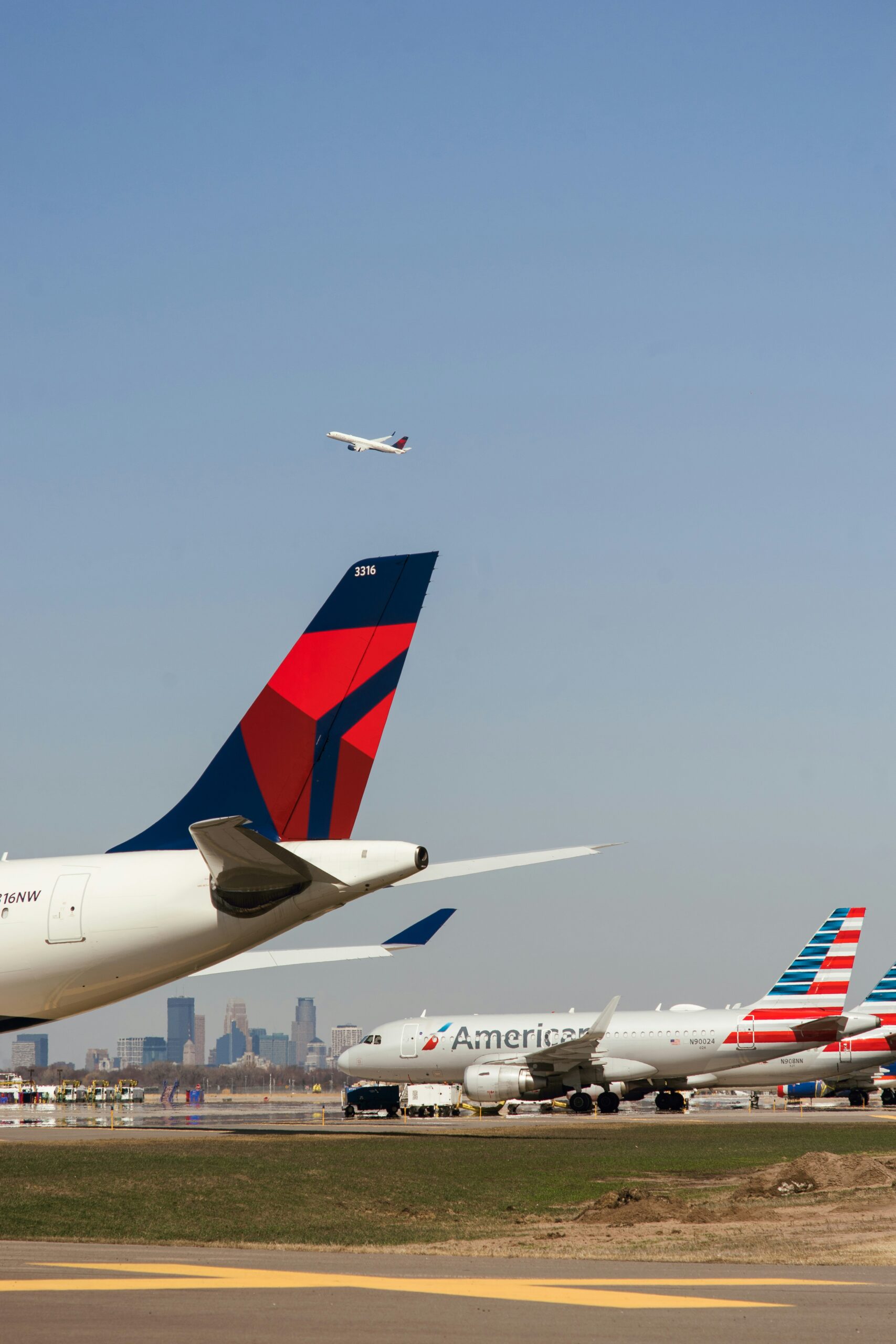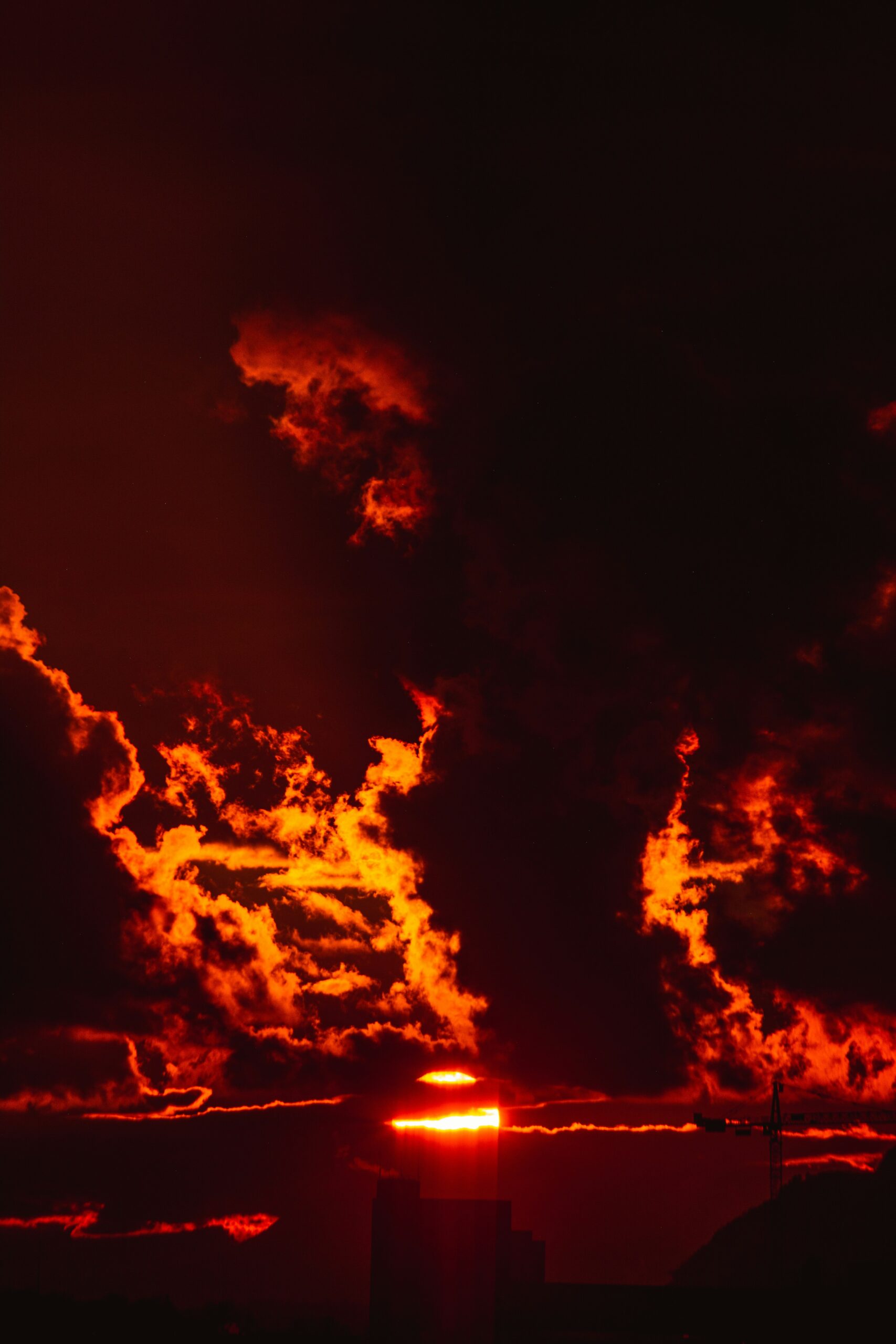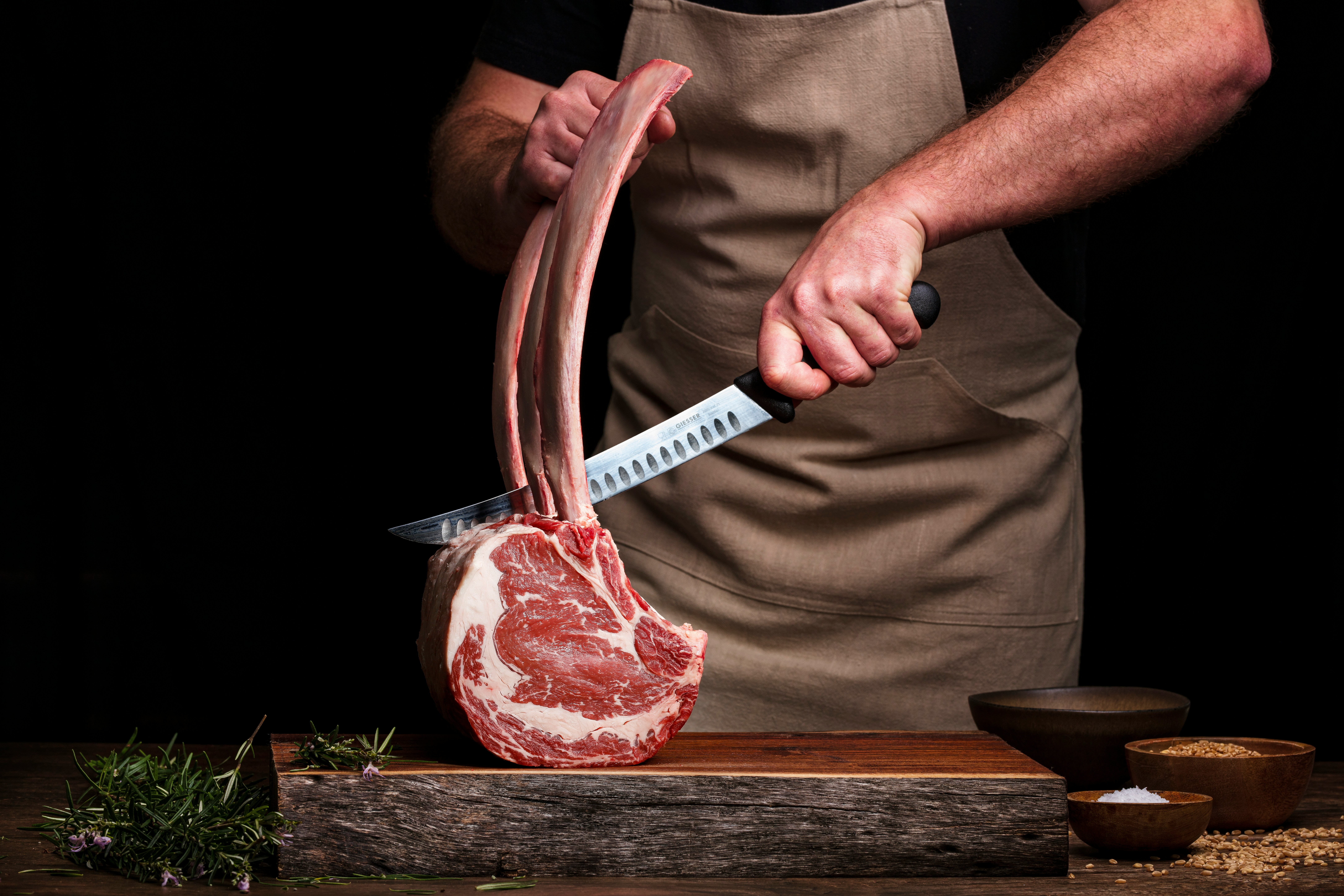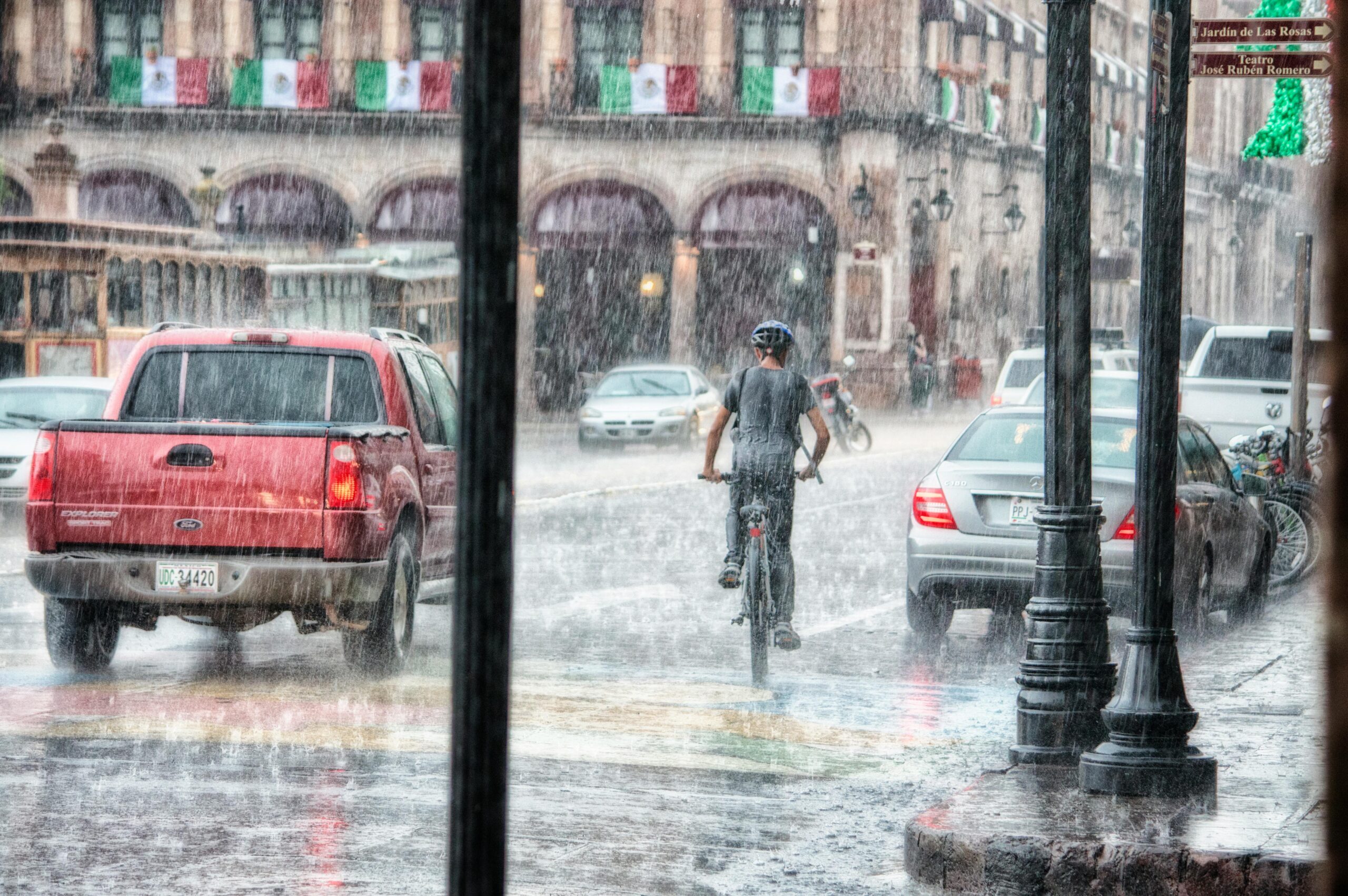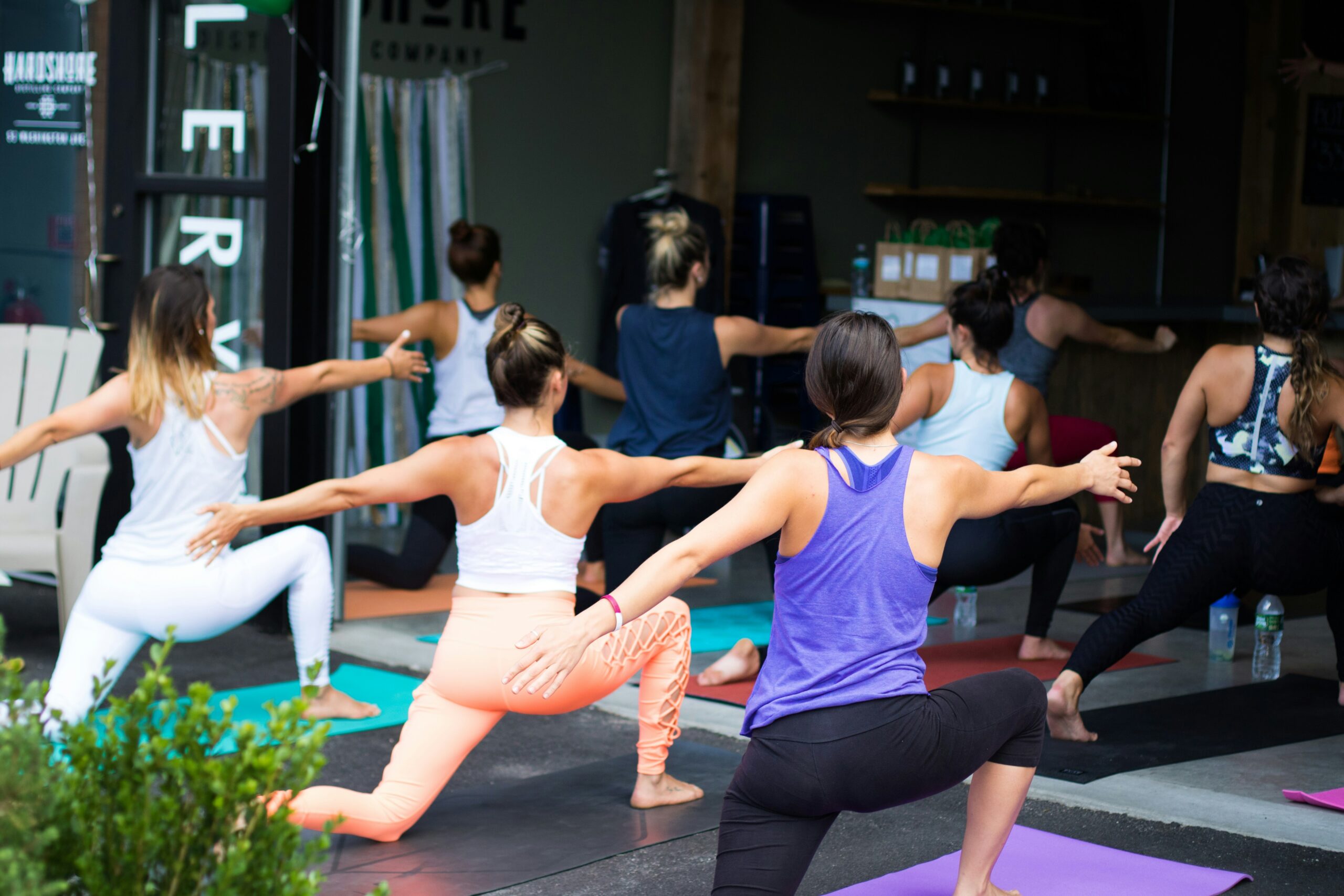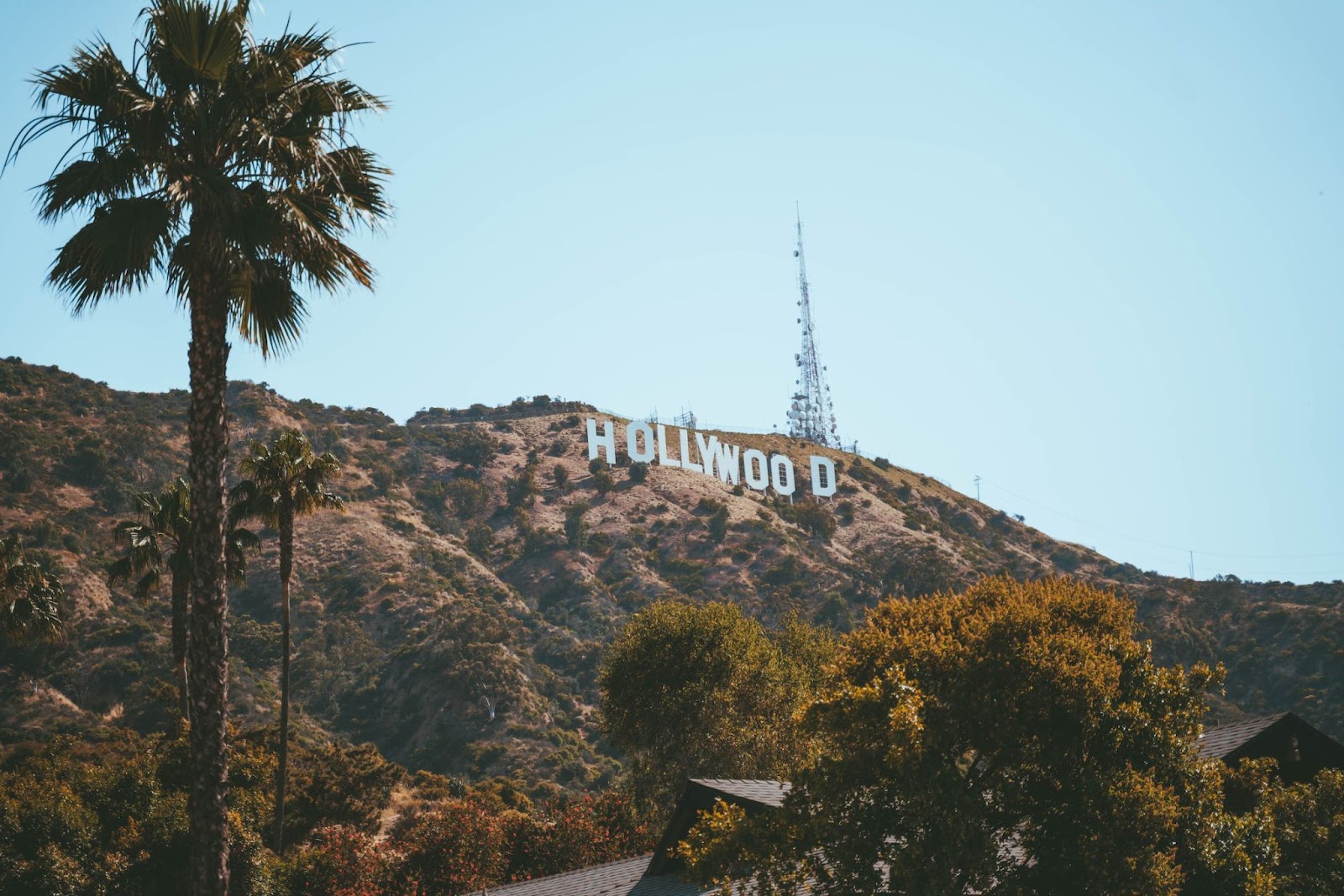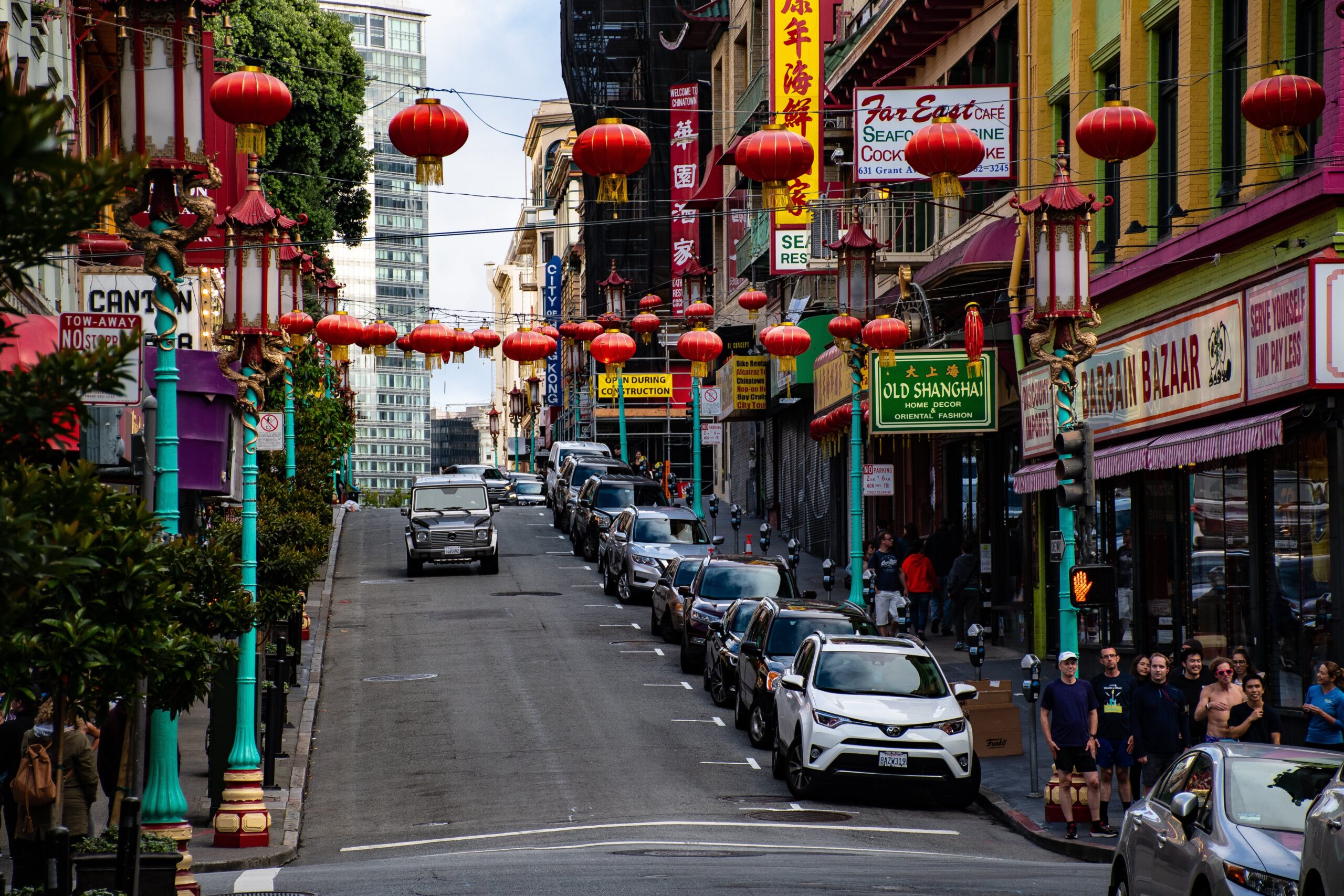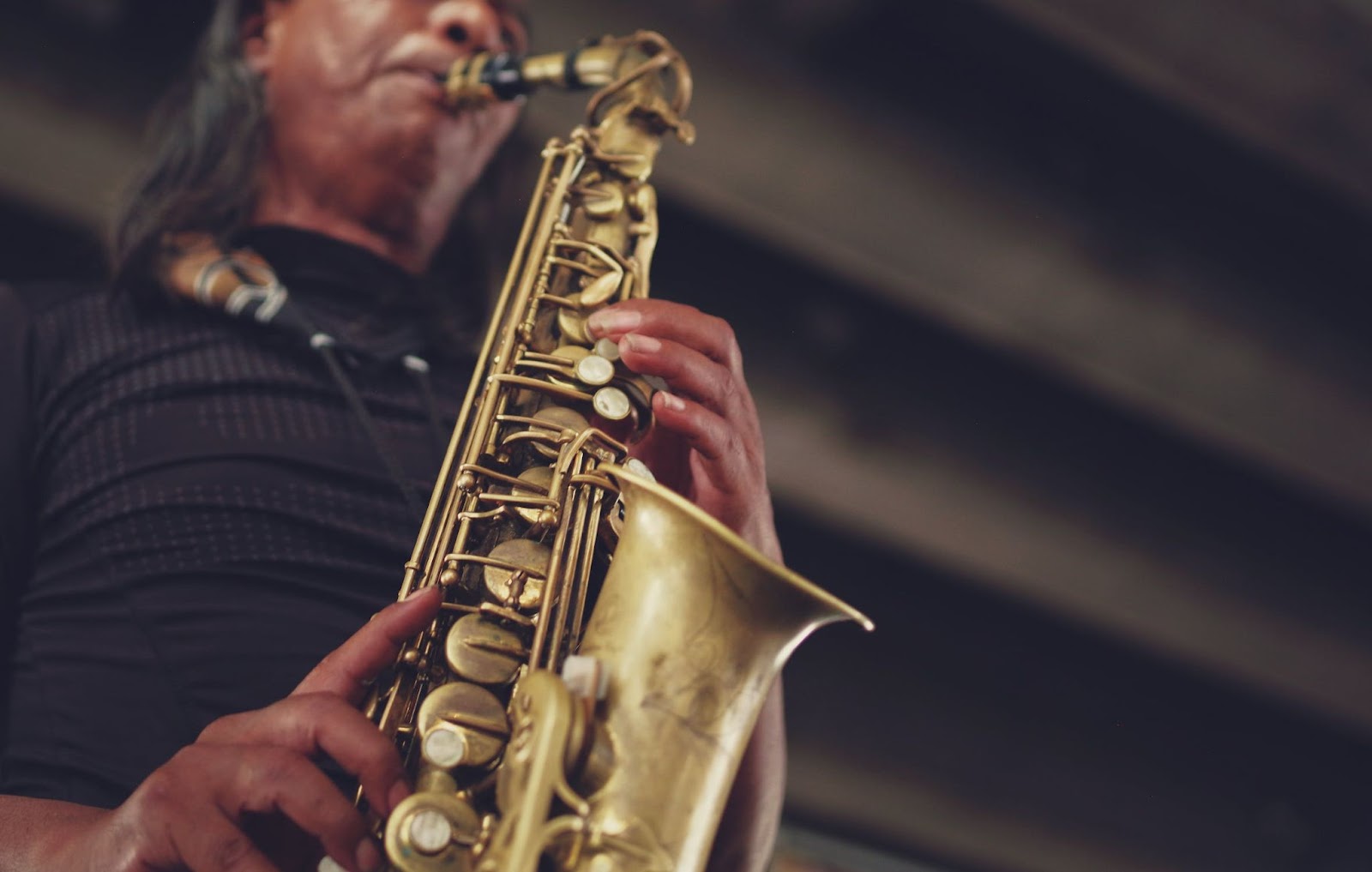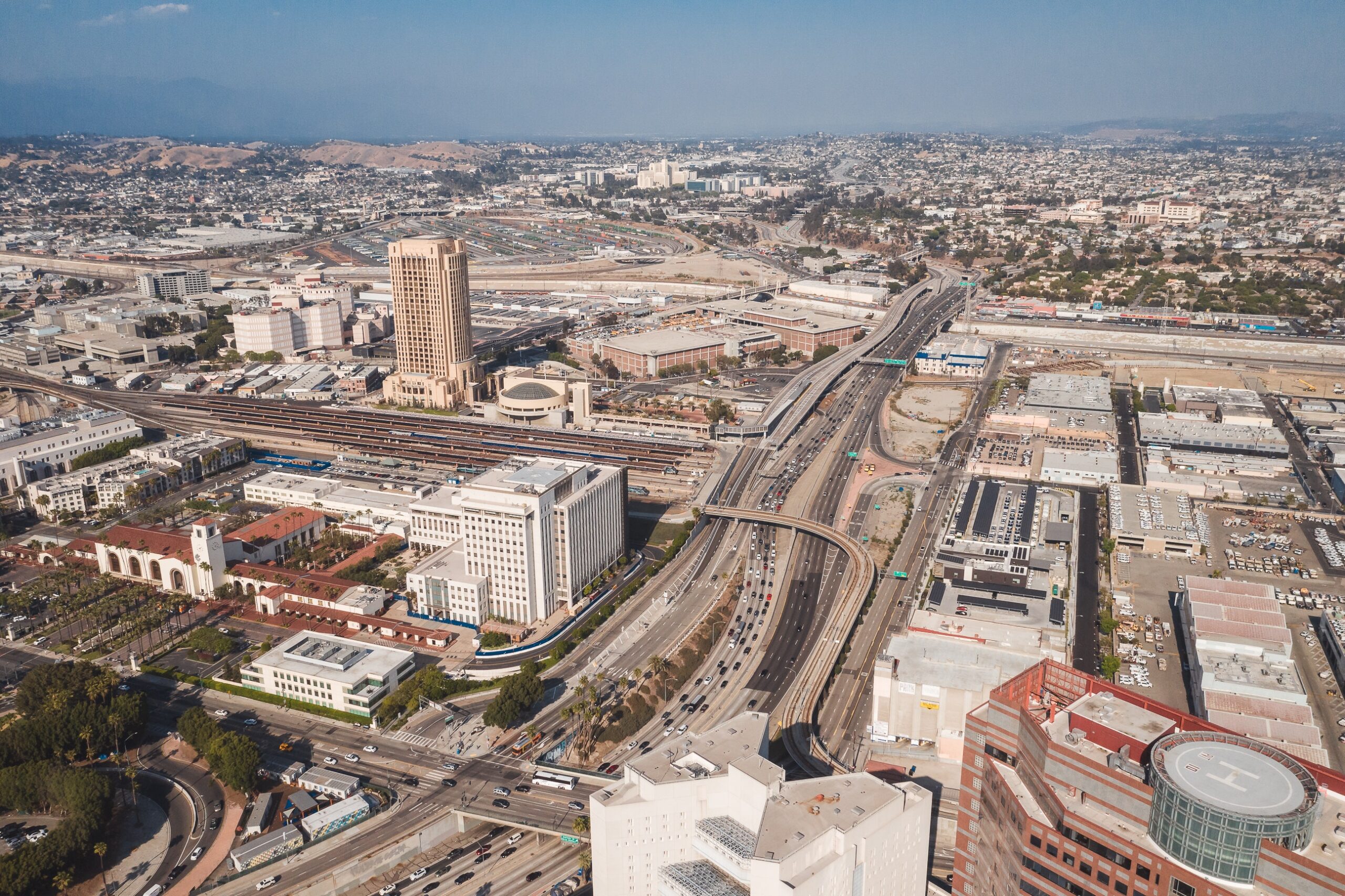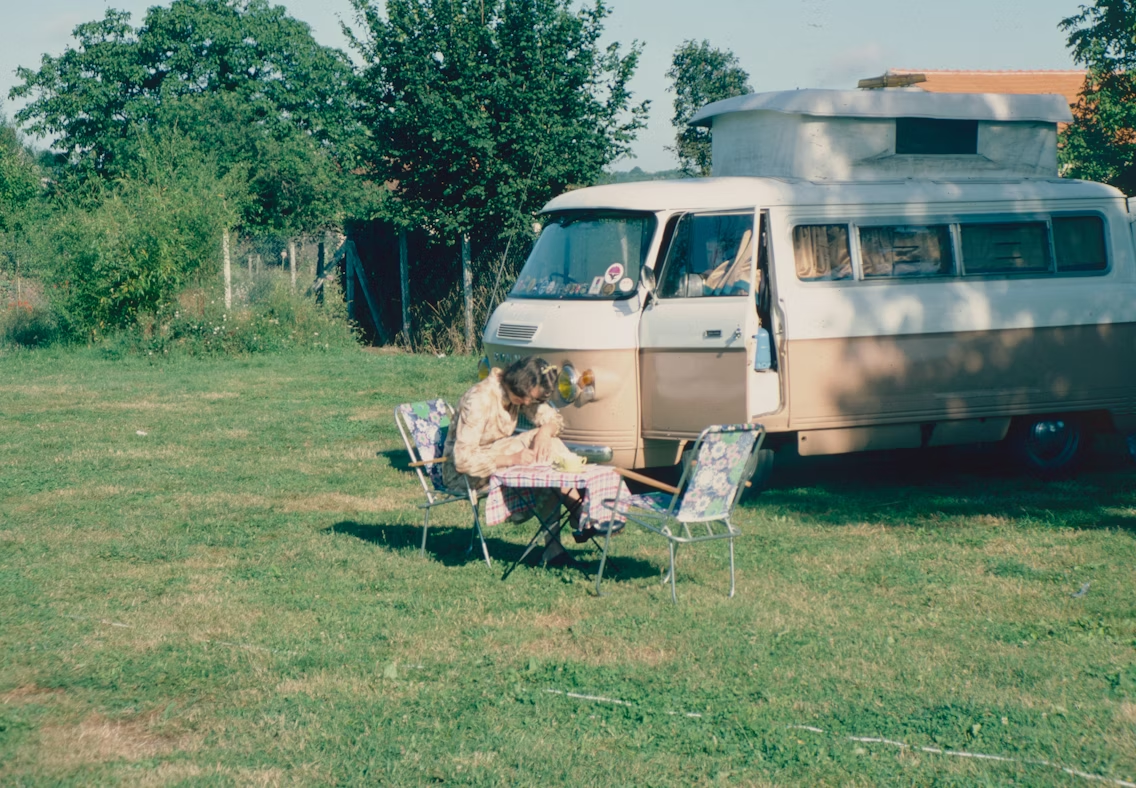Image credit: Unsplash
News of The Varnish’s closure sent shockwaves through LA, and, in many ways, it feels like the end of an era in the cocktail scene. Opened in 2009 by Eric Alperin, Cedd Moses, and Sasha Petraske, The Varnish was a West Coast spin on Petraske’s legendary New York bar, Milk & Honey. It found a home alongside Cole’s French Dip and soon became the bedrock of LA’s drinking culture, especially where old-school cocktails were crafted with purpose.
In its 15 years of operation, The Varnish received awards and critical acclaim, listing it as 14th in the World’s 50 Best Bars in 2012. It won the Tales of the Cocktail Spirited Award and became a James Beard Award nominee. Additionally, it served as a watering hole for notables like Jonathan Gold and Anthony Bourdain.
The closure is due, in part, to the shifting landscape of Los Angeles’s bar scene. Before The Varnish, the cocktail culture in LA was only slightly behind that of other major cities—not taken seriously at all, according to Leandro DiMonriva, one of the bartenders at The Varnish. Its establishment changed things overnight, raising the stakes on how guests in LA created and enjoyed cocktails.
Alex Day, a former bartender and now partner in other ventures, describes The Varnish’s approach to cocktails: raising a generation of mixologists to uncompromising standards. It was an attitude that had little to do with drinks but created a community where real passion for the craft and attention to detail could thrive.

With its many lit candles and playback of soft, calm jazz, the feel in The Varnish was immediate. This made the bar an asylum for those searching for more than a drink. It created an environment wherein strangers turned friends over carefully prepared cocktails and experiences shared in common, creating a sense of belonging that resonated beyond its four walls.
But apart from the timelessness of its appeal, The Varnish needed to be more attentive to everything happening in this contemporary age. The pressure of the economy—especially the pandemic—was squeezing every business in the City of Angels to a pulp, including downtown. With the economic climate changing for rapids, rising costs, and urban dynamics, it was a battle for survival, besides the effort to keep its unique identity alive.
The former bar manager, Samuel Houston, shared his challenges when the pandemic compelled them to look inward, saying, “It’s in that line between being traditional and practical to make adjustments to survive.” The difficulty for Varnish lay in not giving up on those values that made it unique in the first place: fresh ingredients and precise techniques brought this particular challenge of adapting to the new reality of fewer guests and economic uncertainty.
As The Varnish nears the moment when it will finally shut its doors, nostalgia, and gratitude fill the atmosphere for both patrons and employees. It meant so much more than just a bar to many; it stood as a tribute to the lasting power of its founders’ vision.
Varnish has left something behind—something much more than its physical location; a legacy that only happens when relentless passion meets dedication. Even marking the closure of such an era, its influence will be upon Los Angeles cocktail culture for years to come, inspiring a new crop of bartenders and spirits enthusiasts to pursue excellence in their hospitality and craft.





















